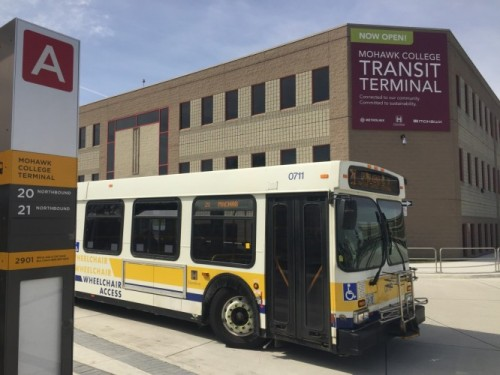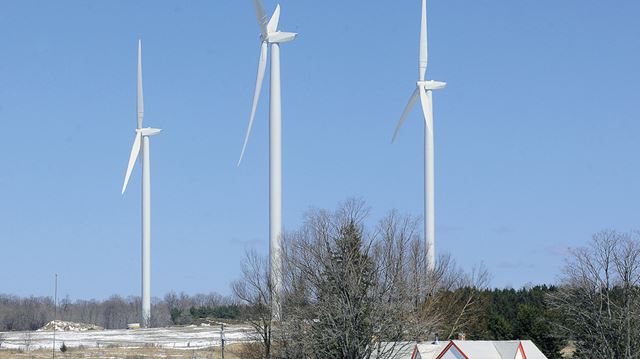Globalization and the Economic Geography of the GGH
Story by Amy Kim Quach-
WHAT IS?
There has been a loss of 200,000 secondary jobs in the Greater Golden Horseshoe since 2001 and many of them were located in older industrial areas. An example of a secondary jobs lost are the jobs in the auto manufacturing and assembly plants.
But there is a rapid job growth in the Megazones
They account for almost 450,000 (20%) of core jobs in the GGH
The airport megazone jobs are:
- warehousing, transportation and logistics, which accounts for 90,000 jobs
- Industrial use, which accounts for 80,000 jobs
- Finance, Business and administrative services which accounts for 60,000 jobs
Toronto -York West megazone jobs are:
- Industrial which accounts for 60,000 jobs
- Warehouse & transportation which accounts for 23,000 jobs
Toronto - York East megazone jobs are:
- Finance & business services which accounts for 45,000 jobs
- Industrial, warehousing, and transportation makeup all the other jobs
The Downtown also seen a growth in jobs
They account for almost 380,000 (17.5%) of core jobs in the GGH\
- The downtown has seen a job growth of 42,290 jobs during 2001-2011, which is about a decade
The job growth is in the knowledge industry which are quaternary jobs, some quaternary jobs are:
- architectures
- media design
- digital design
- job in the finance sector
The Suburban Knowledge-Intensive District also known as the SKIDS had a job growth of 35,5000 jobs during 2001-2011.
-In 2001 the SKIDS employed 154,030 (5%)
But there are also many Triseary jobs like, retail work, cab driver, servers, chefs, maids, and many more that are located in the downtown, SKIDS, megazones, and all around the GGH. Also the employment in Archetypes itself represents 1.46 million of 2.38 million core employment jobs in 2016 across the GGH.
WHERE?
Suburban Knowledge-Intensive District (SKIDS) are located in:
- Waterloo, which is south-west of Toronto, located beside Hamilton, Brant, and the city of Guelph.
- Oakville, which is south of Toronto, located beside Burlington, Milton, and Mississauga.
- Two in Mississauga; one in the sub-area in the southern part of the airport megazone and the other in Meadowvale, which is a northwestern part in Mississauga, located in between highway 401 and 407.
- One is part of the Toronto York-east megazone in Markham, which is located north of Toronto, beside Scarborough, North York, Vaughan, Richmond Hill, and Pickering.
Megazones are located:
- Pearson International Airport located in Mississauga
- 404/407 highway interchange (Toronto-York East)
- Highways 400 and 407 east to Keele Street and south of Toronto (Toronto-York West)
Downtown Toronto:
- The Lake shore area, which is south of Union station and runs south of the Gardiner expressway
- Yonge Street
- Queen Street
- Collage and Bay street
Older city centers:
- Brampton, which is west of Toronto, located beside Mississauga
- Hamilton, which is south of Toronto, located beside Mississauga, Guelph, and Kitchener
- Oshawa, which is north-east of Toronto, located in between Whitby and Courtice
WHY THERE?
The new globalized and cognitive-cultural capitalism (economy) is now more focused on technology-intensive, service, financial, craft, and cultural industry, which now means that the new economy is more knowledge-based and that leads to:
- More jobs quaternary jobs located in downtown Toronto, megazones and the SKIDS
- Job losses in Brampton, Hamilton, and Oshawa due to post-fordism and deindustrialization, this leads to relocation of manufacturing jobs (secondary industry) to low wage countries and some manufacturing plants being shut down altogether.
Since there are more quaternary jobs in Toronto
- There are more clustering in downtown Toronto.
- Areas where there used to be factories and warehouses are now turned into condos and office space an example would be liberty village.
- Also in sub-knowledge areas and nearby cities like Markham, Mississauga, and Waterloo, which are then also growing and becoming more urbanized due to the job and population growth.
- But there are now Population decrease in cities outside of downtown Toronto in places like Brampton, Hamilton, and Oshawa, since there are not enough stable jobs due to the major loss of secondary industry jobs.
WHY CARE?
Most jobs are now located in downtown Toronto so now there are almost 1 million daily trips by car leading to congestion in the Toronto region.
- More cars on roads means more air pollution which will then higher CO2 levels, which then play a big part to climate change, and the number of serve storms that will hit the city (environmental).
- More cars also means that there is a higher chance of car-to-car accidents (social).
There are also more people moving into the city so that they can be closer to work, this means that:
- there will be more high rises being built in downtown Toronto which means that they will have to clear land for them(economic/social/environmental).
- the cost of living in the city will go up and that will lead to many people having to move out, due to the fact that they can no longer afford to stay (social/economic).
There will also be more competition for jobs since there will be many people applying and trying to get the same positions.
- many jobs will now need University degrees and higher education (social).
- which then means that University will make it harder for students to get in due to the large number of applicants, and university fees will also go up (social/economic).


Comments